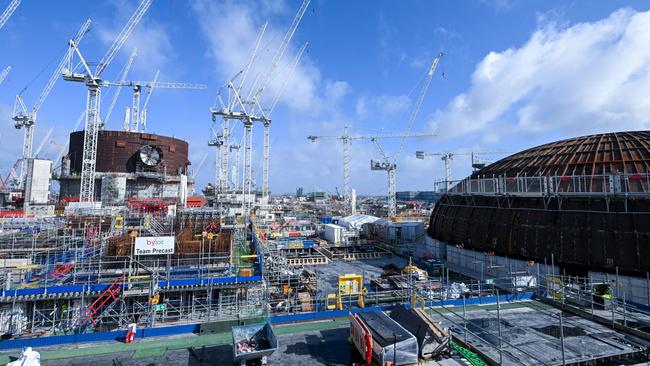
Dozens of countries including Britain and France are now turning to Australia to lock in a long-term clean energy source that can help the world dramatically cut its carbon emissions.
After nearly a decade in the deep freeze, nuclear power has been getting a fresh look as a way for the world to rapidly end its dependence on heavily-polluting coal and oil.
An energy crisis brought about by Russia’s invasion of Ukraine has turbocharged this, prompting much of western Europe to look for ways to slash their reliance on Moscow.
Shunned by politicians here as being too hot to handle, uranium has been a workhorse for decades, fuelling nuclear reactors in more than 30 countries.
Although off-limits locally, uranium generates baseload electricity essential to underpin an energy grid but with barely any carbon emissions.
Just this month British Prime Minister Boris Johnson promised up to eight new nuclear plants within this decade. This followed France’s Emmanuel Macron, who is fighting a presidential election, outlining plans to build as many as 14 new reactors to bolster his country’s energy needs.
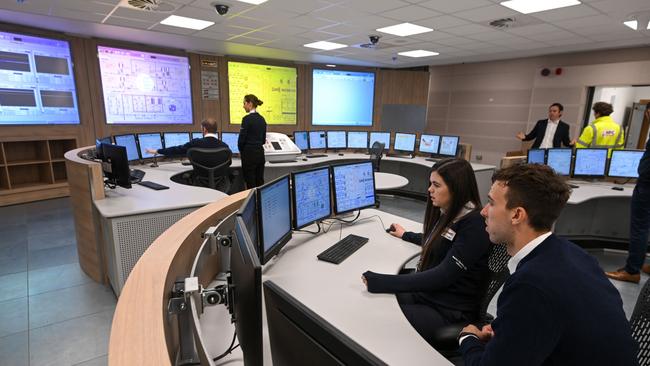
This uranium renaissance is creating a shift in Australian investment markets, which saw one player – mining hopeful Boss Energy – quietly cross the key $1bn mark over the past week.
While Boss hasn’t yet shipped an ounce of uranium, the valuation makes the Perth-based company hard to ignore.
Production could still be 18 months away as it does the numbers on the mothballed Honeymoon mine it is sitting on, 80km northwest of Broken Hill and just inside the South Australian border.
But chief executive Duncan Craib is confident that as the world revisits uranium’s role in the energy mix, his mine can become a low-cost, long-term supplier.
Craib says nuclear energy can “absolutely” play a role, alongside solar, wind and hydro, to deliver clean baseload power in Australia.
“When we talk to politicians on both sides of politics, there’s definitely a growing awareness,” Craib says.
“For nuclear power in Australia to be considered and for it to be successful, you really do need bipartisan support from both the major political parties – and we’re not there yet,” he says.
Craib is very close to bringing Honeymoon back to life. The mine had previously been owned by a Russian-backed entity Uranium One but closed the operation in 2013 amid weak prices.
Boss later took control and took a fresh look at the economics of the mine. A trial in 2016 used different processes to extract uranium, creating a much better prospect for a financial return even at the then subdued prices.
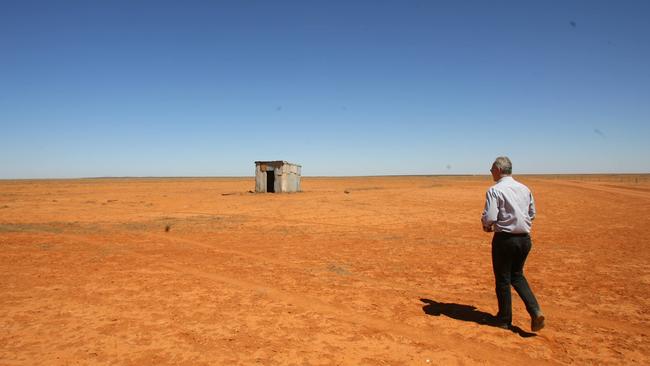
“Ultimately, what we wanted to do was increase the production throughput, so you’re producing more and lower your costs and get the right tenor of uranium out of the ground, which we’ve achieved over years of testing and trialling,” Craib says. The type of mining proposed – in situ recovery, which involves a form of leaching rather than digging ore – sharply reduces the energy intensity needed to extract uranium.
The price of uranium collapsed after Japan’s Fukushima disaster just over a decade ago, where the nuclear power plant was hit with an earthquake and tsunami, and radiation was released into the atmosphere. Despite the extreme nature of the event, later investigations concluded that better safety oversight and planning could have prevented the accident. However, investors turned off uranium, sending it to around $US20 per pound for years.
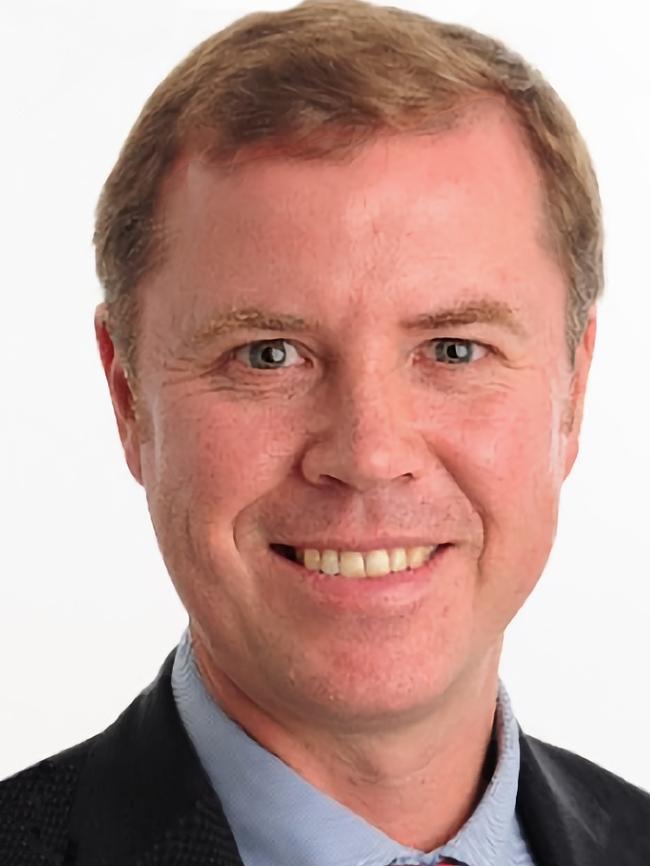
Recent unrest in Kazakhstan, which supplies nearly 40 per cent of the world’s uranium market, pushed prices above $US42 per pound late last year. Russia’s invasion has sent uranium to more than $US63 per pound and Craib expects it to move higher.
“There’s been a significant shortfall in supply versus demand. This past year, there’s a deficit of 48 million pounds. With that deficit, fuel buyers have been relying on their own inventory. But there’s been no question in the industry that new supplies are needed, the mines need to be built, new resources need to be discovered.”
He points to the hard realities of the numbers that are underpinning a restart of Honeymoon.
“Currently there’s about 440 reactors operating in 31 countries. You’ve got 56 units under construction and 96 are in the planning stage. There’s another 325 proposed and the leading driver of that really is China,” he says.
‘Pole Position’
Honeymoon already has mining infrastructure in place, and critically, it has one of four uranium export licences, which can accelerate the ramp-up of the operation.
Other existing uranium mines in South Australia include BHP-owned Olympic Dam and Four Mile, which is backed by US-owned Heathgate Resources. Mining at Rio Tinto’s majority-owned Ranger Mine in the Northern Territory finished early last year and the site is in the process of being rehabilitated.
Boss last month locked away a $125m capital raising to help it progress with a final investment decision over the next month and costs linked with the resumption of mining. Mining could start between 12 and 18 months after a final investment decision.
An engineering study found the mine had 2.45 million pounds of uranium, which could see it through for 11 years. All-in costs are projected at $US25 a pound over the life of the mine.
It’s not just pricing – supply chain shocks in recent years mean that Australia’s reliability is one of Boss’s strengths.
“Australia just stands in such a good position. We are located in a very uranium-friendly jurisdiction of South Australia. And Australia really is a very geopolitically stable country for mining. And then you look at good logistics and supply chain infrastructure, we can ship directly around the world,” he says.

Craib says he found big investors are prepared to take a fresh look and increasingly comfortable around ESG (environmental, social and governance) issues in uranium mining. The capital raising also saw a number of new fund managers move onto the share registry, with many supporting the company further after the raising. Shares were sold in the raising last month at $2.15 each. Boss shares closed on Friday at $2.75.
Bell Potter analyst Regan Burrows says with a fully permitted project in a top-tier country, Boss is in “pole position” to start engaging with power companies around the world to secure long term offtake agreements.
Fukushima prompted the world to revisit and lift safety standards at existing nuclear plants, says Craib. New plants are “very, very safe” and are built with the highest safety standards possible, he adds.
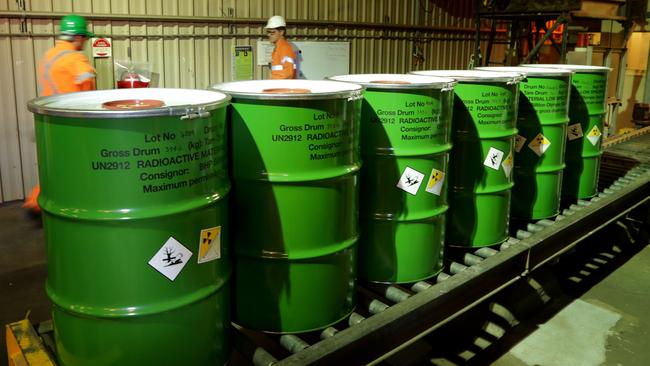
In Australia the politics around nuclear has softened slightly. Most of the debate for Australia’s nuclear submarine deal under the AUKUS defence agreement centred on the timing of delivery of the eight subs rather than their energy source. A South Australian royal commission into uranium in 2016 said Australia had a role to play in the nuclear industry, including waste storage and disposal. It also said uranium should be considered as a future low-carbon energy source.
Until a final investment decision is signed off, Craib is in the process of building out his company, shifting from being an explorer to being a miner. This involves building out the management and workforce.
“There was a medium to long-term plan to get the mine up and running,” he says.
“And I think we have an attitude in the company to try and always, you know, be in the best possible position we can for when that window does appear. It has been a bit fortuitous, but we were well prepared.”
johnstone@theaustralian.com.au

